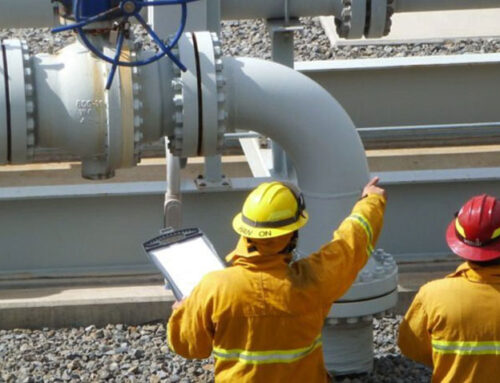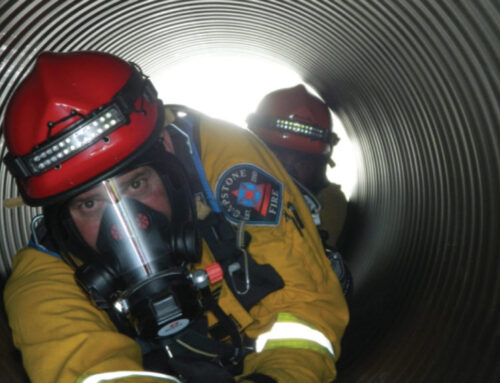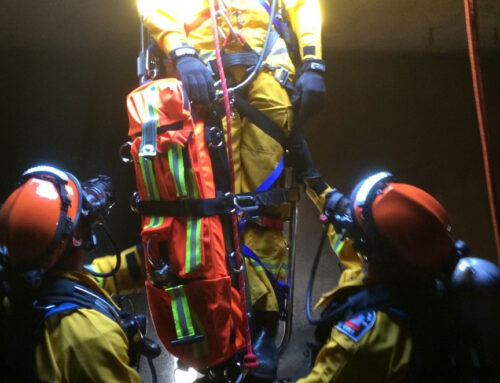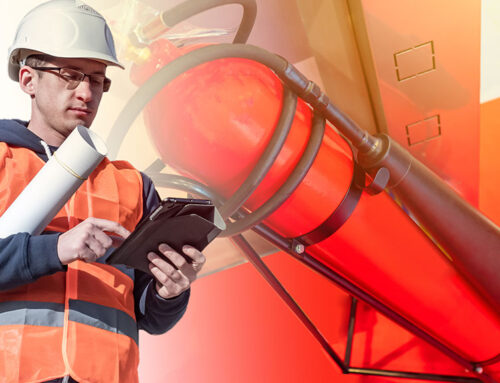Every year OSHA lists the top 10 most frequently cited (MFC) standard for the previous fiscal year. These violations are often repeated year after year for citations, but employers are still violating the federal law. Awareness of the MFC standards will give you an understanding of what OSHA inspectors will look for during an inspection.
- Fall Protection 29 CFR 1926.501
- Hazard Communication 29 CFR 1910.1200
- Scaffolding, General Requirements 29 CFR 1926.451
- Respiratory Protection 29 CFR 1910.134
- Control of Hazardous Energy (Lockout/Tagout) 29 CFR 1910.147
- Ladders 29 CFR 1926.1053
- Powered Industrial Trucks 29 CFR 1910.178
- Fall Protection Training Requirements 29 CFR 1926.503
- Machinery and Machine Guarding, General Requirements 29 CFR 1910.212
- Eye and Face Protection 29 CFR 1926.102
These violations represent the activity of the OSHA compliance officer as they go through the worksite to inspect a facility. Many employers are caught in the trap as to focus on production and let safety lag behind in importance.
However, the safety and health of workers must always be top of mind for any organization seeking to excel as a business. Though no one wants to have an OSHA violation, it is worse to have an injured or sick worker because of a hazardous condition. An organization can only be sustainable if the workers are free from recognized hazards.
Fall hazards is the #1 citation, because it is the number one killer of construction workers. OSHA inspectors are attuned to notice when there is an unmitigated fall hazard, and they will cite that condition. In the calendar year 2017, 381 out of 971 total deaths in construction were due to a fall to below hazard.
Each construction site must have a competent person responsible for the conditions and safety and health of the workers. Site safety can come in the form of a designated person from the company or a contract site safety specialist. Contract safety specialist give a valuable insight of a third party ensuring there are no internal politics in play to interrupt the decision-making process.
It may become necessary to have a third party involved in doing site safety to give a fresh look at the work environment. Additionally, the specialist will bring expertise not afforded to the company foreman. Many foremen have the technical ability to do the job at hand, but are unaware of hazardous conditions and OSHA laws existing on the jobsite.
One OSHA law listed on the MFC standards, is the respiratory protection standard. Often workers are allowed to wear respirators possibly not suitable for the environment they are exposed to on a daily basis. This will give the worker a false sense of security when wearing the Personal Protective Equipment (PPE). OSHA requires the workers who are exposed to respiratory hazards to have an annual fit testing and fill out a medical questionnaire to ensure they are healthy enough to wear respirators.
The contract site safety specialist, rescue technician, or even firefighter used at a location where respirators are required, will have this testing complete prior to being assigned to any location. The risk of citation from OSHA is eliminated by the use of the elite team of contractors.
One of the other citations in the top ten, is the training of employees on the issue of fall protection. Training is an important part of an effective safety and health program for any employer. Fall protection training will include:
- The nature of fall hazards in the work area
- The correct procedure for erecting, maintaining, disassembling, and inspecting the fall protection system to be used
- The use and operation of guardrail systems, personal fall arrest systems, safety net systems, warning line systems, controlled access zones, and other protections to be used
- The role of each employee in the safety monitoring system when this system is used
- The limitations on the use of mechanical equipment during the performance of roofing work on low-sloped roofs
- The correct procedures for the handling and storage of equipment and materials and the erection of overhead protection
- The role of employees in fall protection plans
Such training must be comprehensive to protect the worker from not being aware of the hazards they are exposed to as they work. It is also important to have a fall rescue plan or contractors available for the quick rescue of any worker needing rescue.
Though not every workplace has the potential to get cited from all of the top 10 MFC, it is important to remember the citation is secondary to the protection of the worker.
For more information about Capstone’s safety specialists, visit https://capstonefire.com/site-safety-and-compliance/





